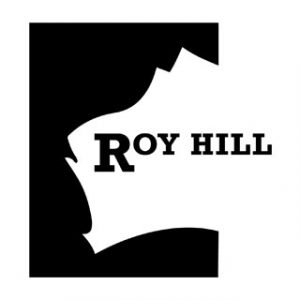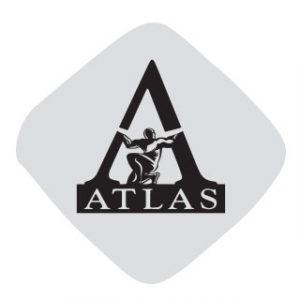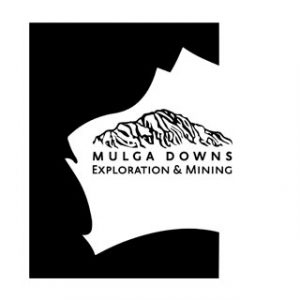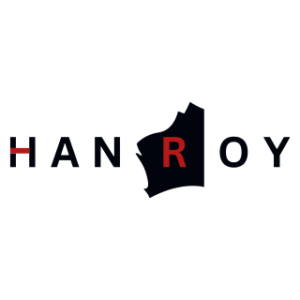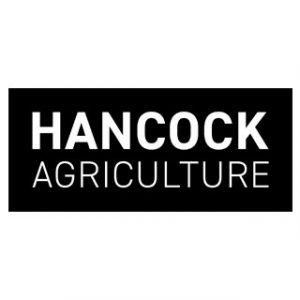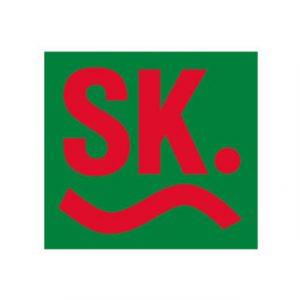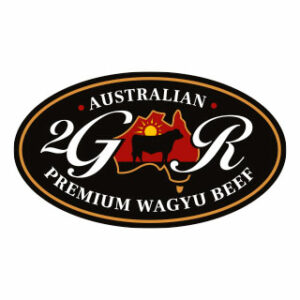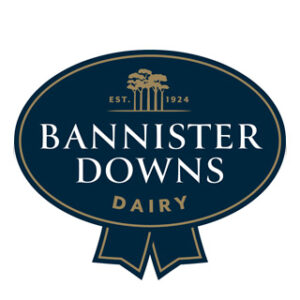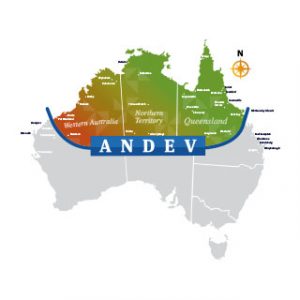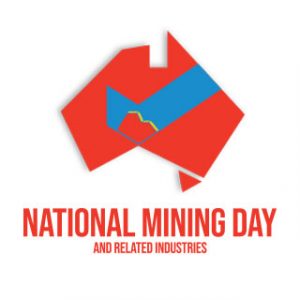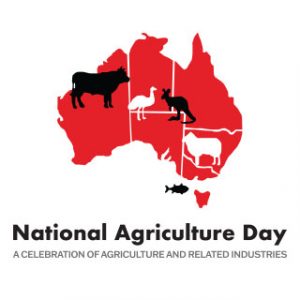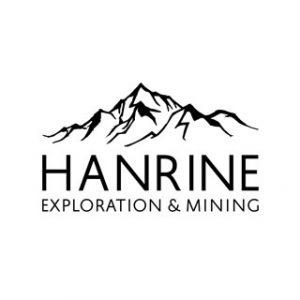Tiarne Swersky
285 words
22 July 2016
10:09
Xinhua News Agency
MELBOURNE, July 22 (Xinhua) — Australia’s richest woman and mining mogul, Gina Rinehart, has purchased two more cattle farms in Australia’s north to add to her growing portfolio, as she moves to cash in on Asia’s fast-growing food market.
Rinehart’s Hancock Prospecting (HP) company will build on its significant pastoral investments as it moves to diversify its mining business.
On Friday, it was announced that HP had purchased two Northern Territory stations, Riveren and Inverway, from one of Indonesia’s largest importers of live cattle, Japfa. That holding will be added to HP’s three recent purchases of Fossils Downs, Liveringa and Nerrima stations in Western Australia.
The new stations cover 550,000 hectares of land in the town of Katherine, with a combined herd of 40,000 cattle.
Rinehart said she was excited by the prospects in Australian agriculture.
“I am very excited about the acquisition of these two cattle properties and to be investing in Australia, particularly in the Northern Territory,” Rinehart told Western Australian newspapers on Friday.
“I am passionate about our agricultural industry and developing northern Australia.”
HP chief executive Gary Korte said the investments complemented the company’s flourishing agriculture portfolio.
“With Mrs Rinehart’s leadership, Hancock continues to make significant investments to grow our beef operations and to build a dynamic diversified agricultural profile in Australia,” Korte said in a statement.
With a proposed transition in Australia’s economy, known as the “mining to dining boom,” Rinehart has joined fellow Australian business magnates, Andrew “Twiggy” Forrest and Kerry Stokes, as those to have invested strongly in Australia’s growing cattle industry.
Rinehart buys more cattle stations
Mark Beyer
333 words
21 July 2016
Business News
Gina Rinehart’s family company, Hancock Prospecting, has announced the purchase of two cattle stations in northern Australia, continuing the investment in agriculture by magnates such as Andrew Forrest and Kerry Stokes.
Hancock Prospecting has purchased Riveren and Inverway stations in the Northern Territory, from Indonesian group Japfa Santori.
The two new stations cover 550,000 hectares with a combined herd of 40,000 head of cattle.
This builds on Hancock’s previous cattle investments, including Fossil Downs, Liveringa and Nerrima stations.
Mrs Rinehart has also invested in the dairy sector, by helping to fund the $20 million expansion of Sue Daubney’s Bannister Downs Dairy at Northcliffe.
Hancock Prospecting said in a statement it was able to move quickly and decisively to acquire these high-quality cattle stations after a previously announced transaction with other parties did not proceed.
“HPPL and Japfa Santori Australia were able to reach agreement on an expedited process reaching a successful deal without impacting the operations,” the company said.
It was reported in April that private Australian group Archipelago Beef Trust planned to buy the cattle stations for $60 million.
That came less than three years after Japfa Santori bought the stations from the Underwood family.
Mrs Rinehart, who is chairman of Hancock Prospecting, said she was very excited about the acquisition and to be investing in Australia, particularly in the Northern Territory, a jurisdiction which was supportive of agriculture and other investments.
Hancock Prosecting chief executive Gary Korte said he was passionate about the agricultural industry and developing northern Australia.
“With Mrs Rinehart’s leadership Hancock continues to make significant investments to grow our beef operations and to build a dynamic diversified agricultural profile in Australia,” he said.
“We plan to invest further to grow our herd numbers on
Hancock cattle stations and are just beginning to develop the 2GR beef brand to capture additional value through distribution networks in markets that value our clean green Australian food products.”

